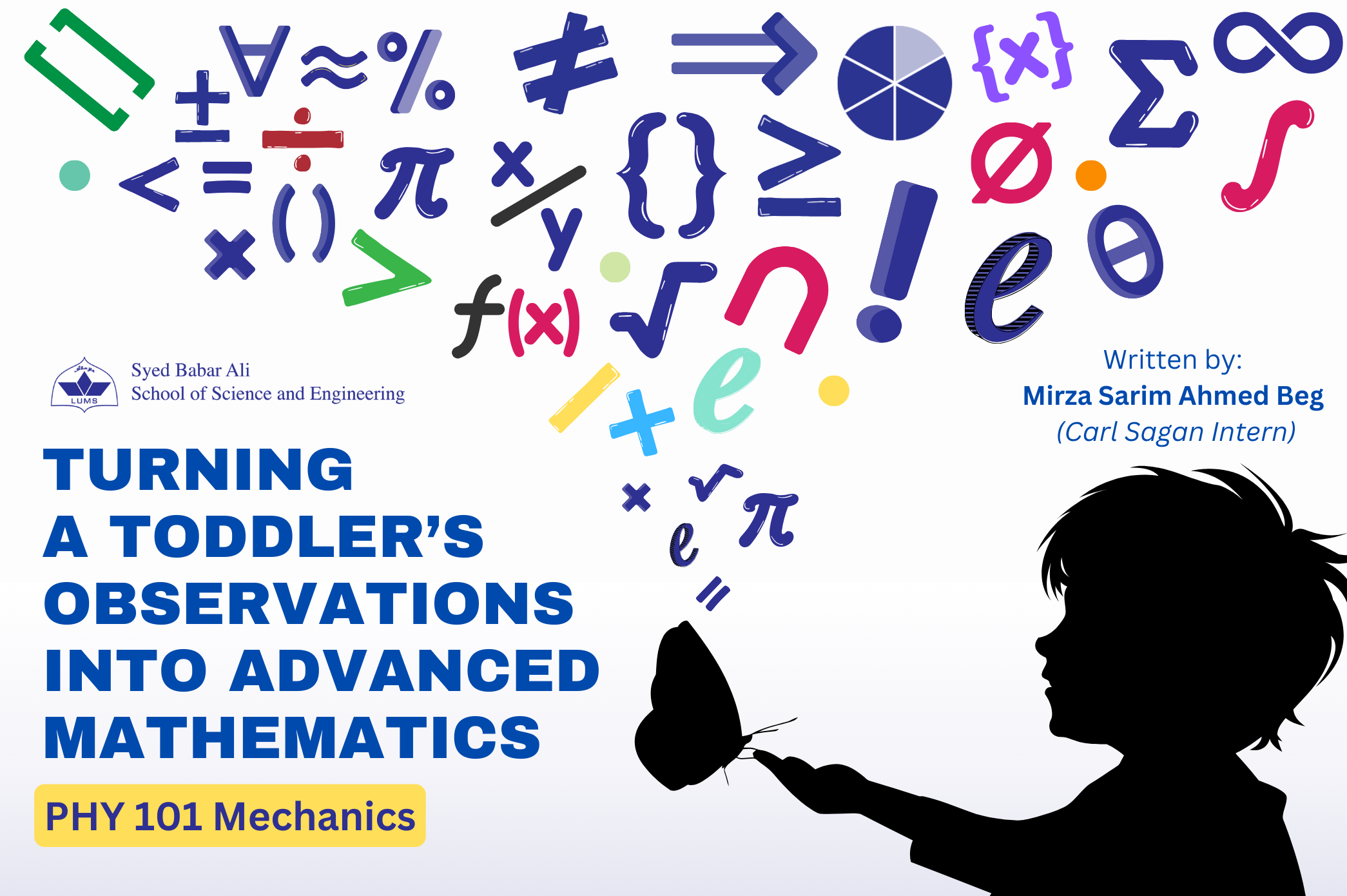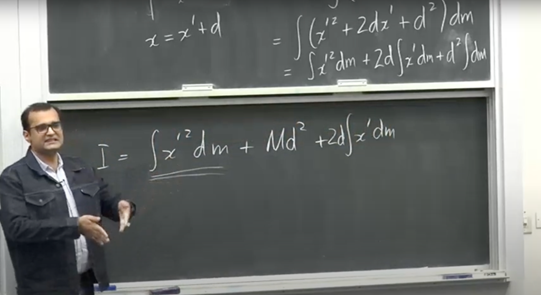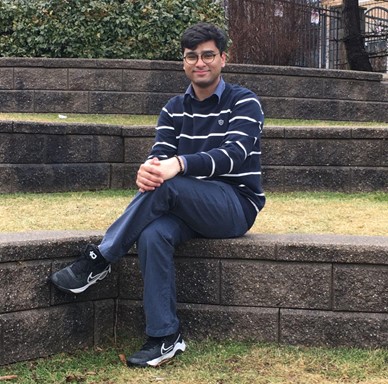
PHY 101 (Mechanics) - Turning A Toddler’s Observations into Advanced Mathematics
PHY 101 - Mechanics is one of the introductory courses offered for SBASSE freshmen in the fall semester. With the purpose of inculcating a way of scientific thinking, it is not only taught to future physicists or engineers, but all aspiring scientists. Therefore, the course aims to provide a deep understanding of a few concepts rather than a broad overview of many.
Despite its 101 designations, the 4-credit hour course has earned the reputation of being one of the hardest courses offered at SBASSE. We sat down with Dr. Adam Zaman Chaudhry, an Associate Professor at the Department of Physics at SBASSE, and the Mechanics course instructor since 2015, to discuss why many students struggle with PHY 101 - Mechanics.
According to Dr. Zaman, the course simply relies on “observations we have been making since we were toddlers” and does not traverse into more advanced concepts like “dancing electrons or funky quantum mechanics”, he adds. In principle, the course should be straightforward, especially considering everyone taking the course has most likely taken physics during their FSC/A Levels. However, the professor believes that in school, concepts are taught at the surface level, and therefore, students are not taught to think deeply about the subject matter.
Dr. Zaman does not actually believe the course is about pushing boxes or throwing objects; instead, it is about how to translate observations into mathematical language and use that language to make predictions that were not obvious. The process of learning this is not straightforward, as the course demands a lot of practice. In fact, the prerequisite section of the course outline states, “hard work (lots of it please!)”.

Teaching the course has had its own challenges. When Dr. Zaman began teaching the course, the class size was approximately 220. That number nearly doubled in Fall 2023. Many students had inadequate calculus preparation, and a bootcamp was offered to assist them. The professor also decided to incorporate Visual Python into the course to encourage students to visualize their problems and experiment with different solutions.
Ultimately, by teaching select concepts in detail, the professor hopes that students come to appreciate the bigger picture of what mechanics has to offer.

One of Dr. Zaman’s students, Hassan Mehmood, has come to understand this bigger picture. Having taken the course in 2019, he returned to it as a teaching assistant in 2021. He graduated from LUMS as a physics major and is now pursuing a PhD in Mathematics at the University of New Brunswick. Looking back on his time with the course, Hassan said the course was “foundational” in his training as a physicist, and more generally, as a scientist.
Going back to Dr. Zaman, he hopes that the main takeaway of the course would not be retaining specific subject material years down the road. Instead, he believes students should be able to develop the proper mathematical skills to solve any kind of problem. “The point is that, even years after taking the course, if I give my student ten minutes to really think about the problem, maybe they will be able to derive it from scratch.” said Dr. Zaman. “This way, they will be able to arrive at the answer and understand what they did.”

